Thankfully the snow on this plant has melted many days ago and I was finally able to take photos of it without that white stuff all over....
 |
| Mahonia 'Soft Caress' |
What am I talking about? I had planned to write about this plant a couple of weeks or so ago but we had heavy snowfall then that hindered me from doing so. Fortunately all of that snow has melted seemingly ages ago and that snowy episode is nothing more now than just a distant memory (and may it not return till next winter!).
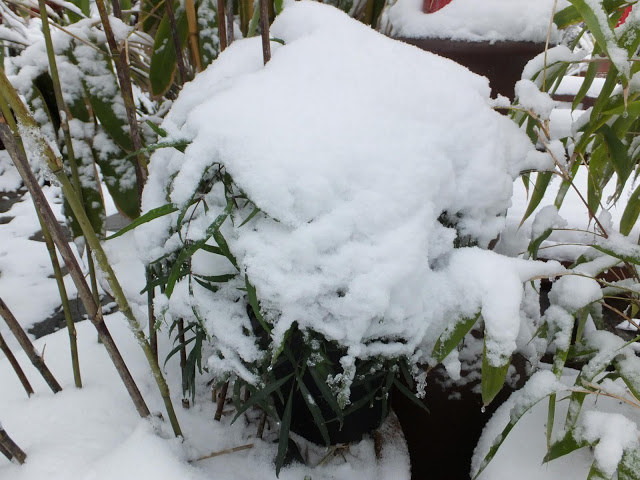 |
| Oops! Soft Caress smothered by snow... |
The plant I am referring to of course is the beautiful Mahonia 'Soft Caress'
I love the beautiful and tactile foliage of this plant, as well as its graceful habit and delicate appearance. It's very unique too compared to most Mahonias that you can readily buy here, in that the leaves are spineless, slender, and relatively dainty. And as the name suggests the leaves are so soft to the touch, almost inviting anyone who sees it to run their fingers through it (something you'd never do in other types of Mahonias, ouch!). An elegant plant that is both a pleasure to look at as well as to touch.
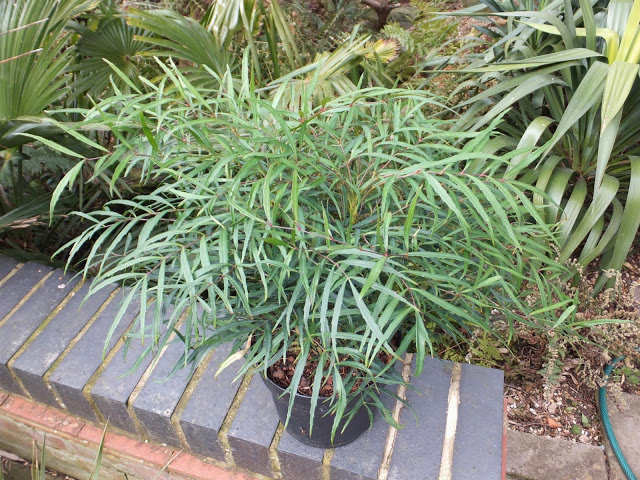 |
| Now that's better! Same plant without the snow |
I first heard about this plant a few years ago when it started to make the rounds amongst a few nurseries and enthusiasts across the pond. And it has been sporadically featured before on other gardening blogs based in the US. The moment I saw the photos, it was love at first sight. But alas, none seemed available here and the only way to get them then was to buy it in the US and get papers sorted so it can be shipped here. Too much hassle then, I'm sure it will eventually make its way here and I just needed to be patient.
Then last year I spotted this gorgeous (and significantly larger) specimen in one of the nurseries we visited:
Could it be? The knowledgeable and friendly owner of this nursery thinks it probably is. Not a hundred percent certain as when the plant was gifted to him it was already a big specimen (not too far off from what it looked like in the photo) and it came with no label, just a little tale of provenance.
What a gorgeous plant! Sadly it was the only one and certainly was not for sale. But if it was indeed a larger, more mature Mahonia 'Soft Caress' then it has given us a preview of what it could look like after a few years of growth. I only ever saw photos it as small plants before so to see something relatively big (and in the flesh) was a nice surprise. And I do like it grown like that, as a single trunk specimen looking like a palm or a parasol.
Speaking of 'not a hundred percent certain', if the plant above is not a 'Soft Caress', what else could it be? Apparently Mahonia 'Soft Caress' is a selection from plants identified as Mahonia eurybracteata var. ganpinensis, so there's a possibility that the plant above is actually the latter and not exactly the former. If that's the the case then the ID is almost but not quite....
But then again it could actually be a 'Soft Caress' (am I confusing you now?)....
From then, fast forward to October of last year. As we entered a general garden centre near us there it was, proudly featured by the main doors, a pot of Mahonia 'Soft Caress'. We were both speechless when we saw it, totally unexpected. Then inside there were loads of it, so many! After waiting for years, of what seemingly was a very rare plant there they were, pots and pots of it in front of us. In a general garden centre!
I read the label and saw where they came from. This plant has been touched by the Dutch...
By the Dutch tissue culture and plant mass production industry. And that's why it was there, loads of it in a general garden centre. And we spotted more of it in other garden centres we visited in the following months.
Did it matter to us that suddenly, a plant that was rare and elusive to us before was suddenly very available? Not at all, we couldn't care less and was just happy enough that it was finally available here, mass produced or not. We took home two pots right then and there and would be happy to buy more in the near future. We just absolutely love this plant.
Eventually it was featured on the The Garden Magazine, which is a monthly publication of The RHS, as well as on television via Gardener's World (and rightfully praised by Carol Klein).
What about its hardiness? Well several gardeners in the US Pacific Northwest region have had it for years with very good reports. We've only had it for one winter and both pots were left outside, exposed and unprotected and they have both sailed through this winter looking unflawed. So far so good.
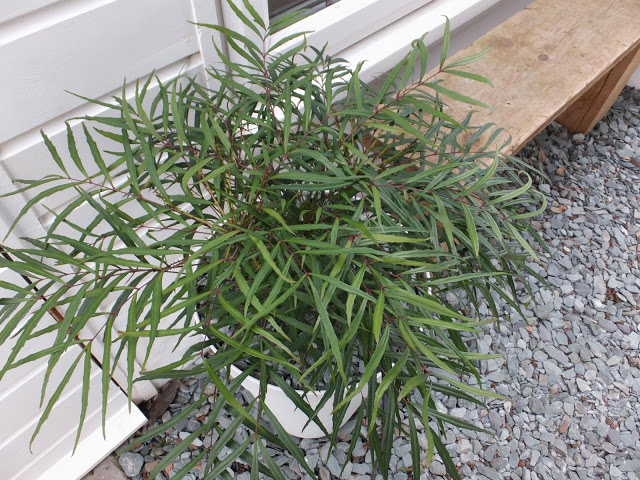 |
| Mahonia 'Soft Caress' |
And looks like this plant is destined to be popular this year and the coming years to come. The Dutch plant mass production industry has its share of issues and controversies on how it affects smaller and local plant nursery business. But I won't expound on those issues, and on this occasion just regard that at least this plant, something so beautiful is now readily available for more gardeners to enjoy. I have however also heard one or two people commenting on how their regard for this plant have lessened now that it is readily available, which I personally found really odd. Surely if you find this plant beautiful in the first place then that should matter the most and not let its commonality diminish your enjoyment of it.
Get over thy snobbery, beauty before rarity!
Mark :-)
[Update: May 2013 - This plant won plant of the year at the 2013 RHS Chelsea Flower Show]
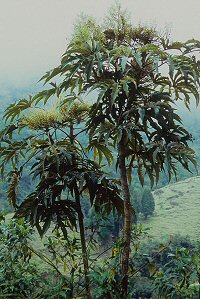
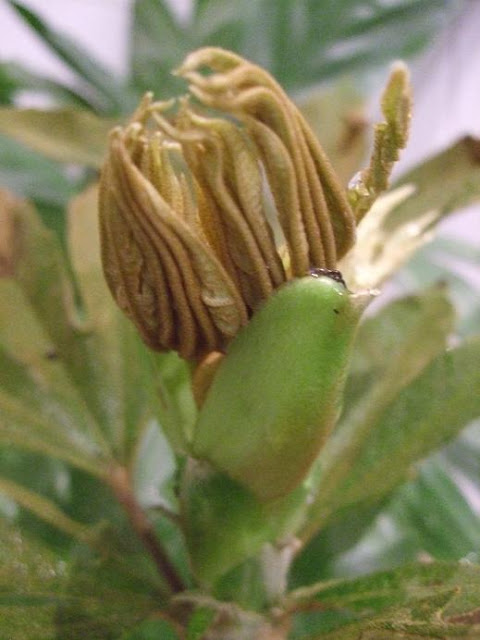
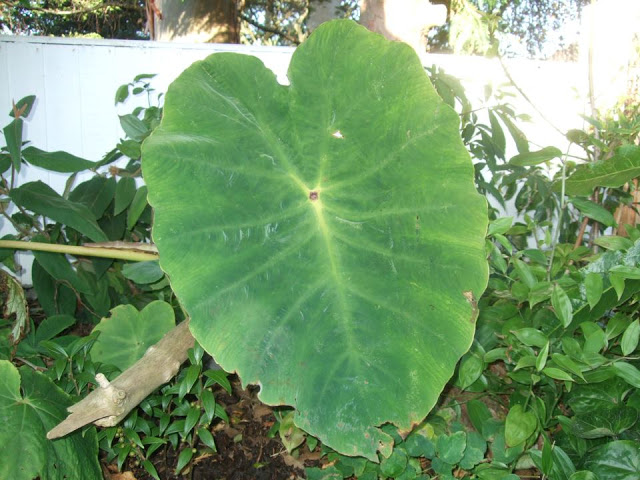


 This gardening blog follows our journey as we create our Tropical and Exotic themed garden. We hope you'll enjoy the journey as much as we do. We started our Exotic Garden in 2005 and this site will show its development, as well as our travels, both abroad and within the UK to gardens, nurseries and friends.
This gardening blog follows our journey as we create our Tropical and Exotic themed garden. We hope you'll enjoy the journey as much as we do. We started our Exotic Garden in 2005 and this site will show its development, as well as our travels, both abroad and within the UK to gardens, nurseries and friends.
